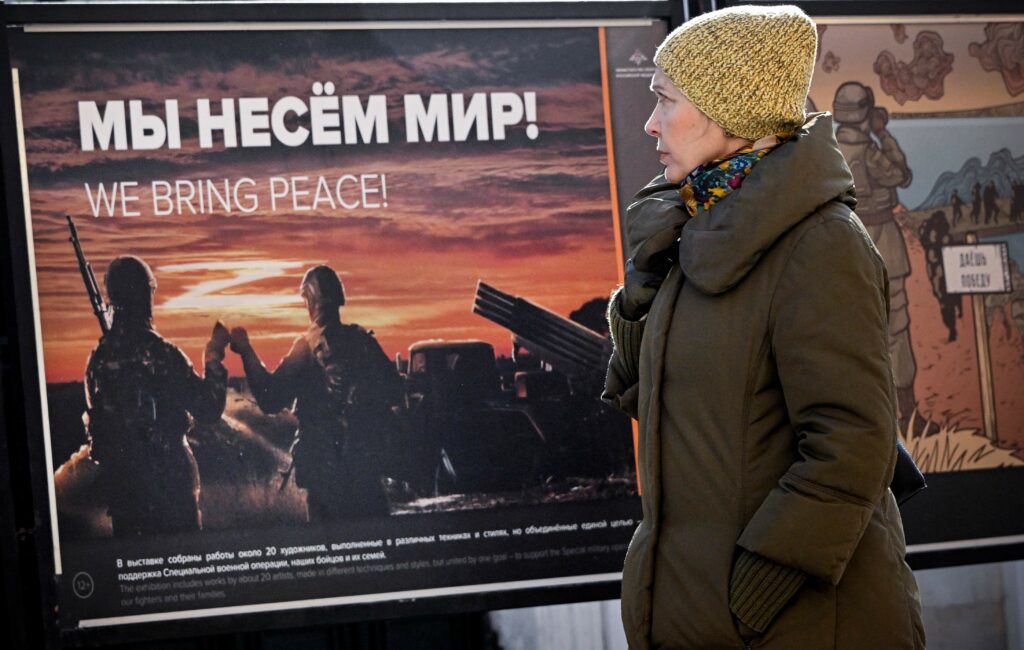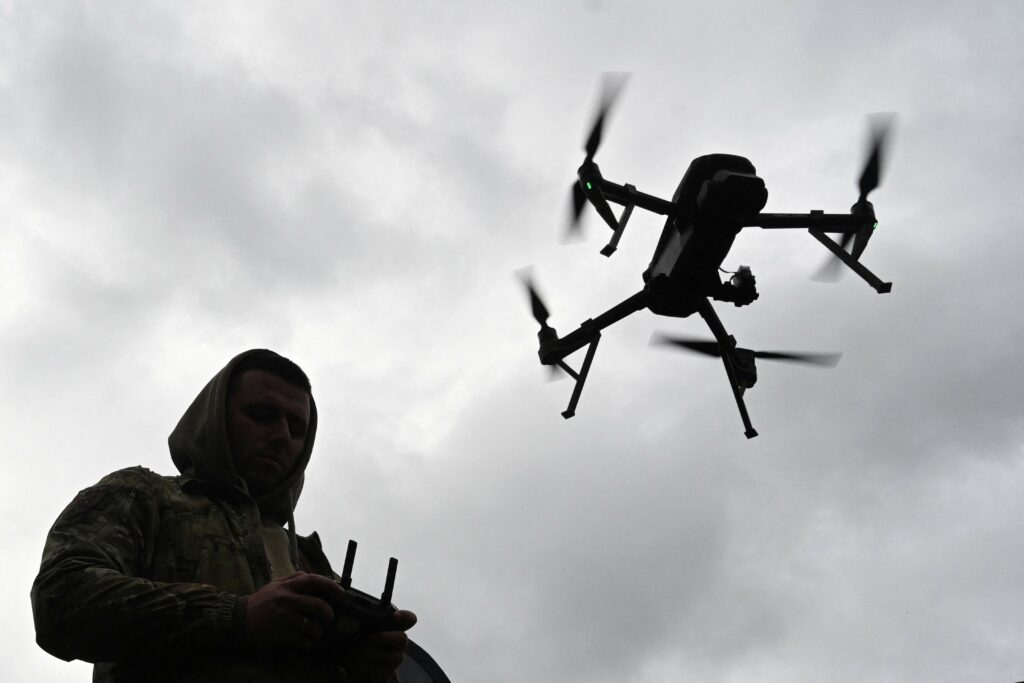The rapid collapse of the Afghan government and the abandonment of massive arms stockpiles has raised fears of Afghanistan becoming a regional arms bazaar. While rough estimates and incomplete data put the number in the hundreds of thousands, American officials simply don’t know how many small arms and light weapons may have been seized by the Taliban or opportunistic criminal groups in recent weeks. With Central Asian militaries and their Russian allies mostly focusing on the terrorism threat, there is also a long term risk of loose weapons leaking north for other criminal purposes.
The illegal gun trafficking by criminals in Russia, much like elsewhere in Europe, is often of secondary interest to police and security services compared to the drug trade. But customs officials, independent think tanks, and arrest reports give us enough of a picture to show that regional shocks do impact trafficking patterns. For example, the 1990s saw organized crime groups and armed conflict in the North Caucasus shaping trafficking. In the 2010s, the armed conflict in Ukraine became a focal point for weapons trafficked into Russia.
Guns following drug trafficking routes is the experience of Western European law enforcement. After the end of the Yugoslav wars, weapons no longer needed for war were sold off to criminals and proliferated along the Balkan Route into Western Europe. Competition for drug distribution routes can fall to whoever has the ability to outgun their criminal opponents. The role of certain Central Asian governments in the Northern Route itself may prevent the worst forms of violent competition. However, officials at the Saint Petersburg Customs Academy claim small arms and components for small arms originating from Afghanistan already make up 9% of seizures at the border — showing some weapons have already made it north regardless.
Small arms differ from other illicit commodities in three ways: their durability, a smaller market for customers, and a general low priority for police. Firearms can last for decades. They can sit in a basement forgotten about; or in the case of some professional Russian criminals, excavated from forgotten battlefields and re-purposed. And unlike how drugs appeal to swathes of addicts and casual users, firearms draw a more niche interest confined to collectors, drug traffickers themselves, and skilled terrorists. Tied to their low market share, small arms are generally of secondary interest to police forces. This is particularly true of those trying to meet quotas rather than actually dismantle networks of more professional criminals.
The Northern Route (s)
The UN Office on Drugs and Crime lists three major trafficking sub-routes through Central Asia and into Russia. The most prominent, the north-eastern route enters from Afghanistan through Khatlon and Gorno-Badakhshan before snaking through Kyrgyzstan and Kazakhstan towards Ekaterinburg and Siberia. The second sub-route, the central route, goes through Uzbekistan (and later Kazakhstan) towards Moscow and European Russia. The third and final route is the least understood and traverses Turkmenistan. The least is known about this route because of the closed regime there. The UN itself notes that the data used to calculate which of the routes are most used is biased towards data provided by law enforcement.
Ironically, systematic corruption and state involvement in drug trafficking may serve to be an important brake on the worst case scenario of weapons uncontrollably flowing northward. The involvement of Tajik officials in the illegal drug trade from Afghanistan is well documented. Equally well documented is President Rahmon’s opposition to the Taliban and his iron grip on the country’s politics. He has already asked the CTSO to help secure the border against armed incursions. The threat is not hypothetical; anti-government forces during the civil war would at times launch attacks into the country from Afghanistan. After crushing the armed opposition during a bloody civil war, Rahmon turned to amnesties, collection campaigns, and implicit threats of repression to quash opposition.
While terror groups allied with the Taliban made up of ethnic Tajiks have been tasked with providing security in some areas, it is still unclear how the Taliban will handle groups with aspirations beyond Afghanistan’s borders. The Tajik government has tried to pin potential terrorist attacks on political opponents. Incidents such as purported firefights with border guards have seen smugglers from Afghanistan allegedly armed with grenade launchers and assault rifles over the years. However, given the lack of transparency, it is tough to know if these kinds of weapons are actually making it across the border into Tajikistan.
As one of the larger and more economically strong states, Uzbekistan has one of the more well-resourced and professional law enforcement bodies in the region, according to Dr. Erica Marat of Georgetown University. Beyond this, Uzbekistan’s capital Tashkent is the headquarters of the Shanghai Cooperation Organization’s counter-terrorism body. In 2019 the country updated its legal regime, giving law enforcement clearer guidelines to separate military-style weapons from hunting rifles. In general, the country continues to participate in law enforcement training to better tackle smuggling and trafficking.
Russia’s anti-smuggling capabilities will be put to the test
A problem for many major economies is a lack of adequate legislative and administrative tools. Russia certainly does not have this problem. In the region, Russia has the most robust capacities and architecture for dealing with arms and other forms of trafficking along the northward trafficking routes. As part of Medvedev’s 2011 reforms, the Interior Ministry was tasked with monitoring weapon circulation and establishing a national database. That is a vital tool desired by major police forces worldwide. Russia has likewise shown a willingness and ability to reform firearms legislation and close loopholes, a salient problem both in the U.S. and Europe.
On the other hand, it is not clear if the police use these tools and capabilities to actively investigate firearms trafficking or if Article 222 and other charges are added to existing investigations when circumstances permit. Article 222 covers arms trafficking, but it also covers illegal arms storage. Hence, there are egregious examples of the arms trafficking statute being used to go after opposition and human rights figures. The presence of arms trafficking among current and former members of the police also raises concern about lack of awareness. In 2020, the Interior Ministry official responsible for their weapons warehouse in Crimea was arrested after he spent two years stealing weapons from the warehouse and selling them on the black market.
Given the Taliban’s inability or unwillingness to confront terrorist groups, Russia and other regional states have reasonably focused on the terror problem. Special representative for Afghanistan Kabulov notes the combination of radicals from inside and out would be an unwelcome «cocktail» for the region. But as pointed out by Central Asia scholar Edward Lemon, terrorist attacks in Central Asia have primarily been with «cars, knives, or light weapons» rather than explosives and firearms. Central Asia’s repressive security services, so far, have kept the extremist milieus there under intense surveillance and pressure.
But with attention focused on the very real threat of terrorist groups arming themselves, the simple fact is that Afghanistan is awash with guns and drugs. Russian officials like special representative Zamir Kabulov fear the drug trade will persist under Taliban rule, given its importance to the Afghan economy. Just as drugs tend to flow along existing rail, road and public transportation networks, weapons do too. This is acknowledged by Russian security officials writing about the problem. Namely, illicit firearms are an economic good like any other. The benefits of the economic integration with other former Soviet Republics opens trade links and makes travel across borders easier. But this means the trafficking of illegal weapons too. So as fighting dies down and more weapons become available to the regional black market, will regional states prove up to the task of clamping down on smugglers?










